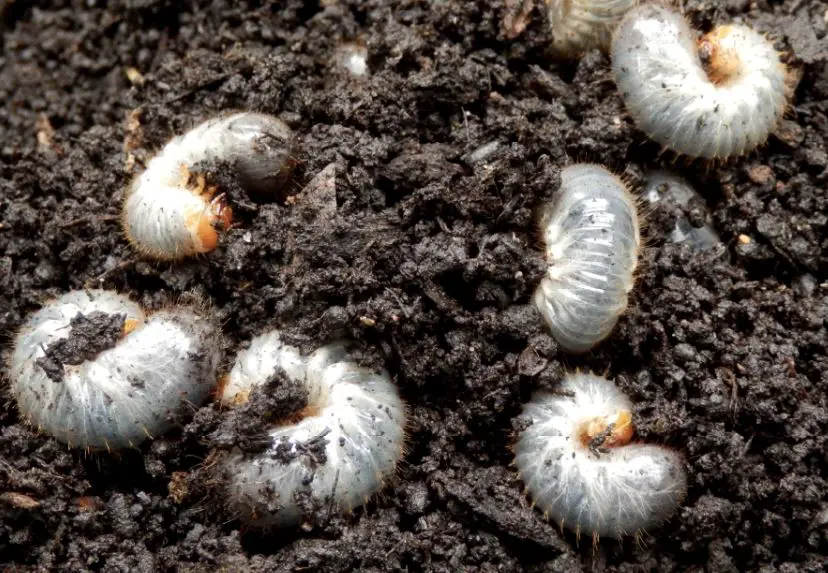Do grass bugs bother you? Are you prepared to act now? What to do about common lawn insects is covered in this article.
Common Lawn Pests
If you are unsure of the kind of bug you are dealing with, treating your grass might be challenging. Lawns often include caterpillars, including armyworms, cutworms, and lawn moth insects. The grass may also include white grubs or chinch bugs. The following advice will assist you in locating and eliminating these pests.

Caterpillars
Although a few caterpillars may not harm much, several can have detrimental effects. Test for the presence of caterpillars by conducting a drench test. Pour one square yard (.8 sq m) of the grass with a solution made up of two gallons (7.6 l) of water and four teaspoons (59 ml) of dishwashing liquid. During ten minutes, monitor the area and tally how many caterpillars emerge from the ground. Use Bacillus thuringiensis (Bt) or spinosad to treat the grass if you detect more than 15 caterpillars in a square yard (.8 sq m).
Grub worms
Brown patches of grass are caused by white grubs that eat the roots of the grass. Dig around the grassroots and count the number of grubs you discover in one square foot to determine if dog urine, uneven watering, or incorrect pesticide and herbicide usage are the sources of similar brown spots. A flat shovel and one square foot (.09 m) of sod may be easily removed to do this. You should treat the grass for grubs if you detect more than six grubs per square foot (0.09 m2). Lawn grub remedies come in a variety of forms from garden stores. Choose the least hazardous therapy you can discover, and pay close attention to how and when it should be applied.
Chinch bugs
The appearance of chinch bugs varies according to species and life stage. Chinch bugs may be present if two to three feet (0.6 to.9 m) wide yellow patches. Chinch bug-infested lawns are readily affected by dryness, and if they are not rinsed regularly, the whole grass may become brown.
You can deter these insects by providing regular water to grass and clearing thatch in the autumn. Chinch bugs cannot deposit their eggs or overwinter in the grass without the protection of thatch. Insecticides containing carbaryl or trichlorfon bifenthrin should be used on the grass if these procedures are unsuccessful in controlling the pest. Use these pesticides only as a last option since they are not organic and will harm beneficial insects.
Lawn Bug Prevention
A healthy, well-kept grass is less likely to attract insects than a neglected lawn, but no method of controlling lawn bug pests is a failsafe. To ensure the success of your lawn, abide by these rules:
- Deep but intermittent watering. Let the sprinkler run gently as long as the water penetrates the ground rather than dripping off.
- In the spring and the fall, scatter grass seed over bare areas.
- Pick a grass that is known to thrive in your region. A nearby nursery may advise which species are best for your region.
- Pay attention to the directions on your lawn fertilizer bag or a professional’s advice to apply adequate fertilizer at the right times.
- Aerate the grass if the thatch is over half an inch deep or once a year.
- While cutting the grass, never remove more than one-third of its height, and keep the lawnmower blades sharp.

